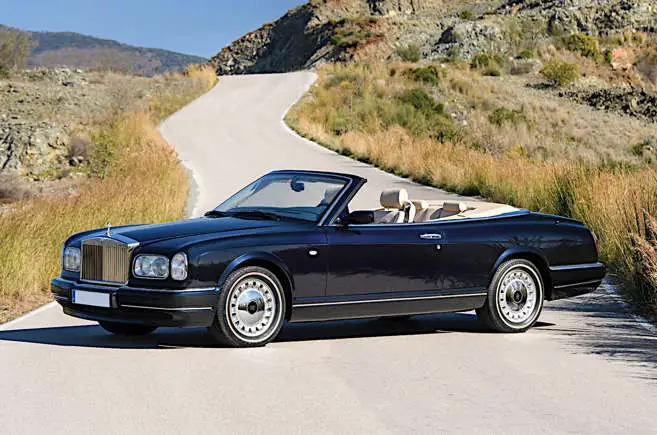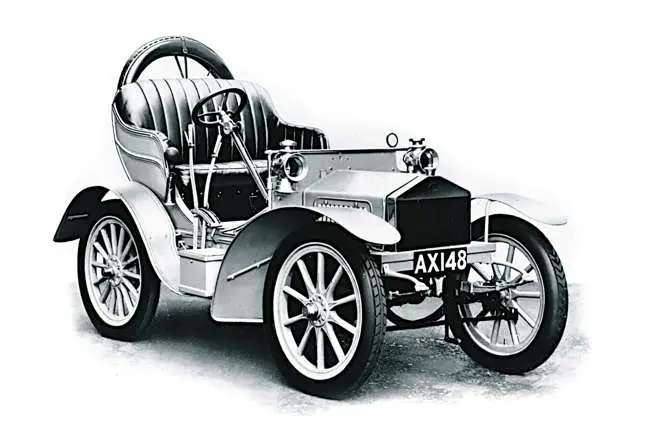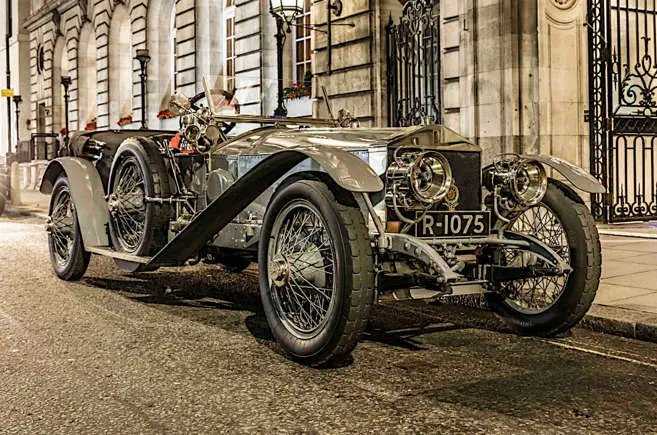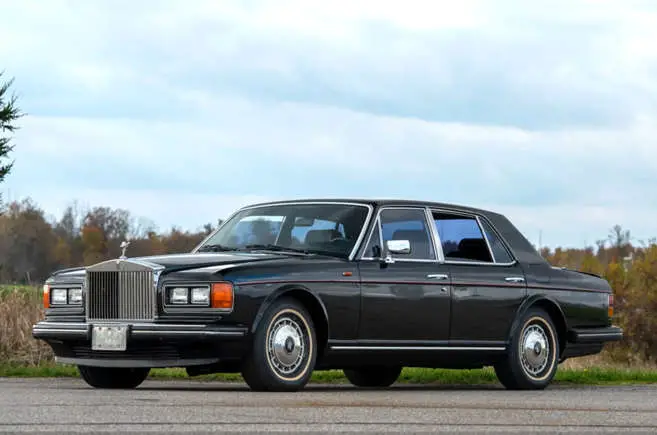In the annals of automotive history, few names resonate with the grandeur and prestige of Rolls-Royce. A beacon of luxury, design, and engineering excellence, Rolls-Royce has not merely weathered the vicissitudes of time—it has mastered them. From its foundational meeting in 1904 to its contemporary incarnations, Rolls-Royce remains a paragon of automotive perfection.

The Genesis: The Meeting of Minds
The story began in May 1904, when Charles Rolls, an astute businessman with a fervor for automobiles, traveled to Manchester to meet Henry Royce, a gifted engineer. This pivotal encounter, driven by Rolls’ search for the UK’s best car to sell through his dealership, led to a partnership that would forever alter the luxury automotive landscape. Within months, their synergistic collaboration birthed Rolls-Royce, a marque synonymous with the apex of automotive luxury.

The Early Masterpieces
The initial years saw the creation of cars that were as innovative as they were luxurious. The Rolls-Royce 10 HP, debuted at the Paris Salon in December 1904, was the first car to bear the Rolls-Royce name. However, it was the Silver Ghost, first produced in 1907, that truly established Rolls-Royce as a byword for reliability and excellence. Praised for its almost ethereal quietness and impeccable build quality, the Silver Ghost was dubbed “the best car in the world,” a slogan that became a prophetic epitome of the brand’s enduring legacy.

Advancements and Innovations Through the Decades
Throughout the 20th century, Rolls-Royce continued to set benchmarks in both luxury and performance. The interwar years were marked by the introduction of the Phantom series, starting with the Phantom I in 1925, which introduced unprecedented levels of refinement and luxury. Each subsequent model, from the Phantom II to the Phantom VI, brought innovations in ride comfort, engine performance, and bespoke craftsmanship that catered to the elite of the elite.
Post-World War II, Rolls-Royce adapted to changing times with models like the Silver Dawn and the Silver Cloud, which combined state-of-the-art engineering with the traditional luxury that clients expected. The 1960s saw the introduction of the Silver Shadow, which featured modern design and technical advancements, including unitary construction—a first for Rolls-Royce.

The Modern Era and Beyond
The turn of the millennium heralded a new era for Rolls-Royce under BMW ownership, marked by a blend of traditional craftsmanship with cutting-edge technology. The launch of the Phantom VII in 2003, and later the Ghost, Wraith, Dawn, and the Cullinan, Rolls-Royce’s first SUV, have continued to redefine luxury in the modern automotive era. Each model is a testament to Rolls-Royce’s commitment to handcrafted perfection, with bespoke options that allow owners to personalize their vehicles to an extent that is unrivaled in the automotive world.

Sustainability and the Future
As the world pivots towards sustainability, Rolls-Royce is not being left behind. The marque has embraced the challenge of maintaining its storied heritage while transitioning to electric vehicles (EVs). The announcement of the Spectre, Rolls-Royce’s first all-electric car, signifies the brand’s commitment to a future where luxury and environmental responsibility converge seamlessly.

Conclusion
From the meeting of two forward-thinking minds in 1904 to a global symbol of automotive luxury, Rolls-Royce’s journey through 120 years has been nothing short of extraordinary. More than just vehicles, Rolls-Royce cars are rolling pieces of art, embodiments of the pursuit of perfection. As we look towards the future, one thing remains certain: Rolls-Royce will continue to stand at the pinnacle of automotive luxury, its spirit undimmed by the passage of time.



